1. Rats Can Crawl Into Your Toilet
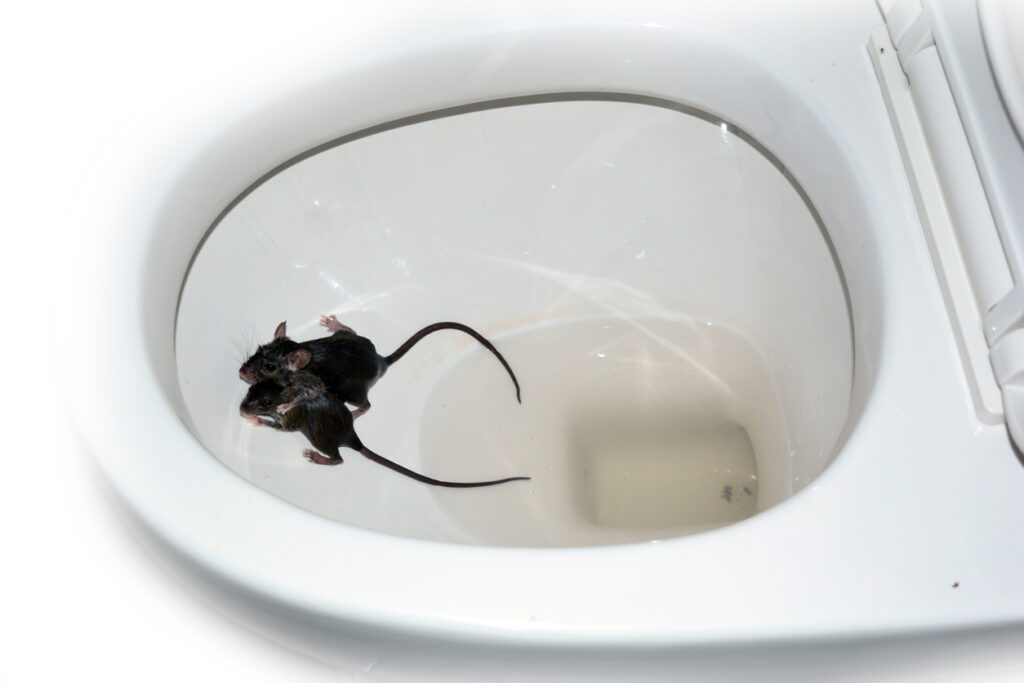
iStock
If you’ve ever had a nightmare about a rat popping up in your toilet, bad news—it’s not just a dream. Rats are incredible swimmers, capable of holding their breath for several minutes and navigating the maze of sewer systems. Their collapsible skeletons allow them to squeeze through pipes and emerge in places no one expects, including your bathroom. Cities around the world have documented this unnerving phenomenon, especially in areas with older plumbing systems. If you hear a splash at night or see movement in the bowl, don’t dismiss it. Nature, it seems, has a dark sense of humor.
2. Spiders Can Lay Eggs in Your Skin

Flickr
The idea of spiders laying eggs under human skin has been the plot of many horror stories—and while it’s not entirely accurate for spiders, it does happen with other creatures. Parasitic insects like botflies are infamous for implanting their eggs into the skin of mammals, including humans. Once deposited, the eggs hatch into larvae, which grow under the skin until they’re ready to emerge. Botfly infestations are particularly common in tropical regions, and victims report feeling the larvae moving beneath the surface. While spiders themselves don’t do this, the real-world equivalent is just as terrifying, if not worse.
3. Cats Steal Your Breath While You Sleep

YouTube
This creepy myth likely originated in medieval times when cats were thought to be witches’ familiars. The idea that a cat might “steal” a baby’s breath has persisted, and while the explanation isn’t supernatural, there’s a sliver of truth. Cats often seek out warmth and soft spots to sleep, which sometimes leads them to curl up on an infant’s chest or face. In rare cases, this has resulted in suffocation due to the cat’s weight or proximity to the baby’s nose and mouth. While cats aren’t malicious, this myth is a chilling reminder to always ensure safe sleeping conditions.
4. Sharks Can Detect Blood From Miles Away

YouTube
The notion that sharks can smell a single drop of blood in the ocean from miles away sounds like something out of Jaws. While the “miles away” part is an exaggeration, sharks do have an extraordinary sense of smell. They can detect blood at concentrations as low as one part per million, which means even a small amount of blood in the water can draw their attention from hundreds of yards. This incredible ability helps them locate prey with precision, making them one of the ocean’s most efficient predators. It’s a chilling fact that adds to their fearsome reputation.
5. Owls Are Harbingers of Death
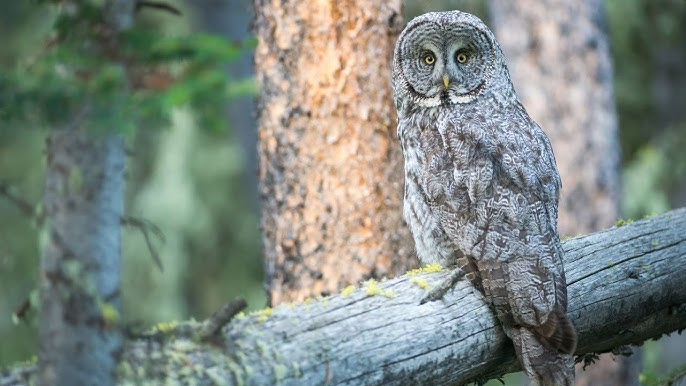
YouTube
In many cultures, owls are associated with death and bad omens. While this sounds like pure superstition, owls do have an eerie habit of appearing near death—especially in rural areas. Owls are nocturnal and hunt small animals that are often attracted to dying or decaying matter. This coincidence has reinforced the idea that their haunting calls signal doom. In some regions, owls’ appearances are taken so seriously that people avoid them entirely. While they’re not supernatural messengers, their ghostly appearance and unsettling cries certainly lend them an air of mystery and foreboding.
6. Pigs Will Eat Anything—Even Humans

YouTube
This grisly myth is entirely true. Pigs are omnivores with powerful jaws and an indiscriminate appetite. On farms or in isolated settings, there have been documented cases of pigs consuming human remains. Once they start, they’ll eat almost everything, including bones, leaving little evidence behind. This fact has been exploited in crime dramas and novels, but it’s rooted in reality. Farmers have long known to exercise caution around pigs, as their strong jaws and curiosity can make them dangerous. It’s a chilling reminder of how animals, even those we think of as harmless, can turn frighteningly primal.
7. Fish Can Live Inside Your Body

iStock
The idea of a fish living inside a human sounds like an urban legend, but there are recorded cases of this happening. In parts of South America, the candiru fish, a small, parasitic catfish, is infamous for its ability to enter the human urethra if someone urinates in freshwater. Once inside, the fish lodges itself in the tissue, causing extreme pain and requiring surgical removal. While rare, this myth is true enough to inspire fear among swimmers in the Amazon basin. It’s a disturbing reminder that even the tiniest creatures can cause outsized horror.
8. Cows Lying Down Predict Rain
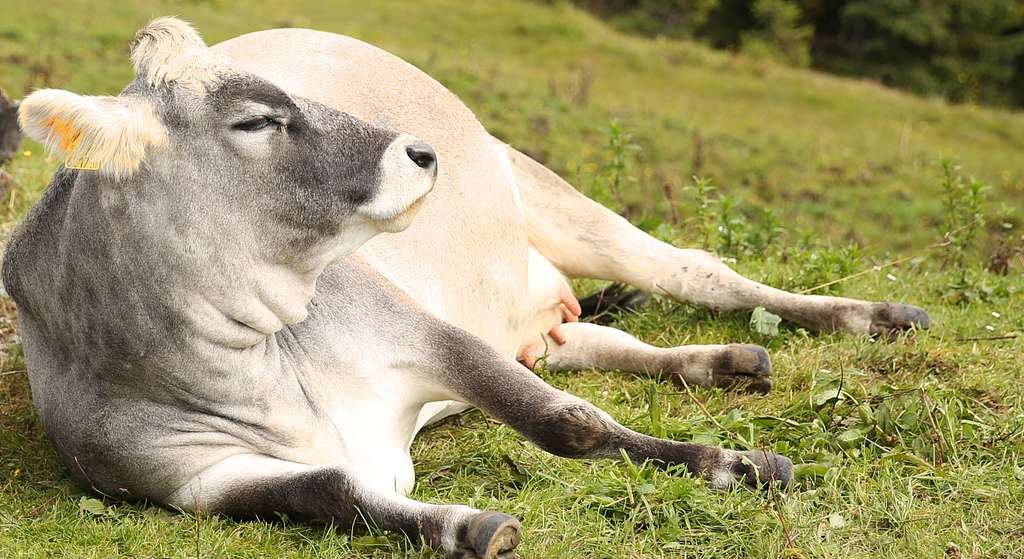
GetArchive
Farmers have long claimed that when cows lie down in a field, it’s a sign of impending rain. While it might seem like folklore, there’s some truth to it. Cows are sensitive to changes in atmospheric pressure, which often precede rainfall. When the pressure drops, cows may lie down to conserve body heat and stay comfortable. While not a foolproof weather forecasting method, this behavior does have a scientific basis, making cows the unsung meteorologists of the animal kingdom. It’s a fascinating example of how animals’ instincts are often tied to natural phenomena.
9. Snakes Can “Hypnotize” Their Prey
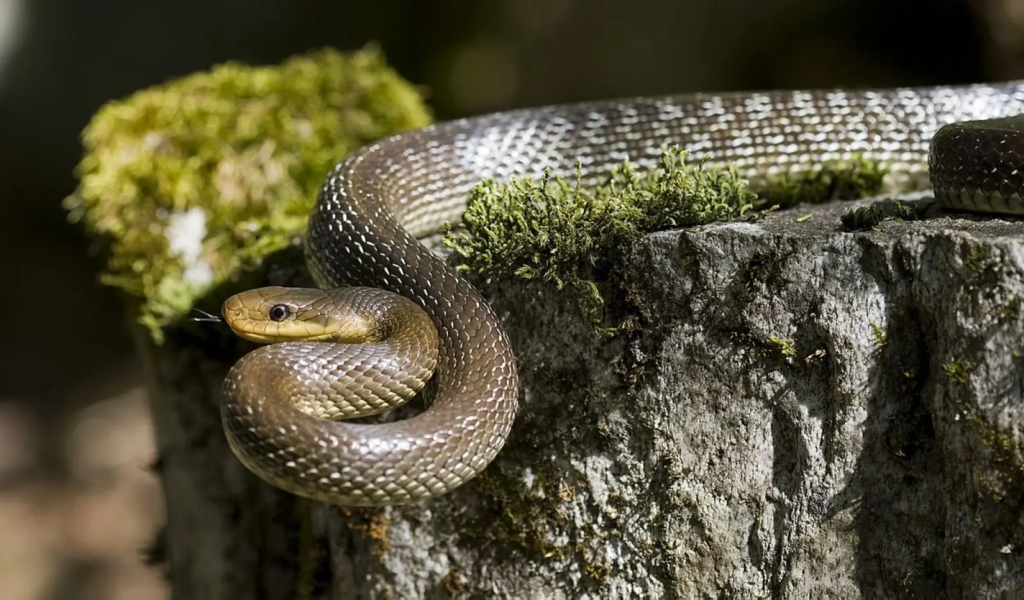
Animalia
The idea that snakes hypnotize their prey is a common myth, often depicted in folklore and movies. While snakes don’t have magical powers, their fixed, unblinking gaze can create the illusion of hypnosis. This phenomenon is more about the prey’s response than the snake’s intent. Small animals often freeze when confronted by a predator, a survival tactic known as tonic immobility. The snake’s steady focus and the prey’s frozen state create a chilling scene that has been misinterpreted as hypnotic power. While not mystical, it’s still a fascinating and unsettling display of nature at work.
10. Bats Will Get Tangled in Your Hair
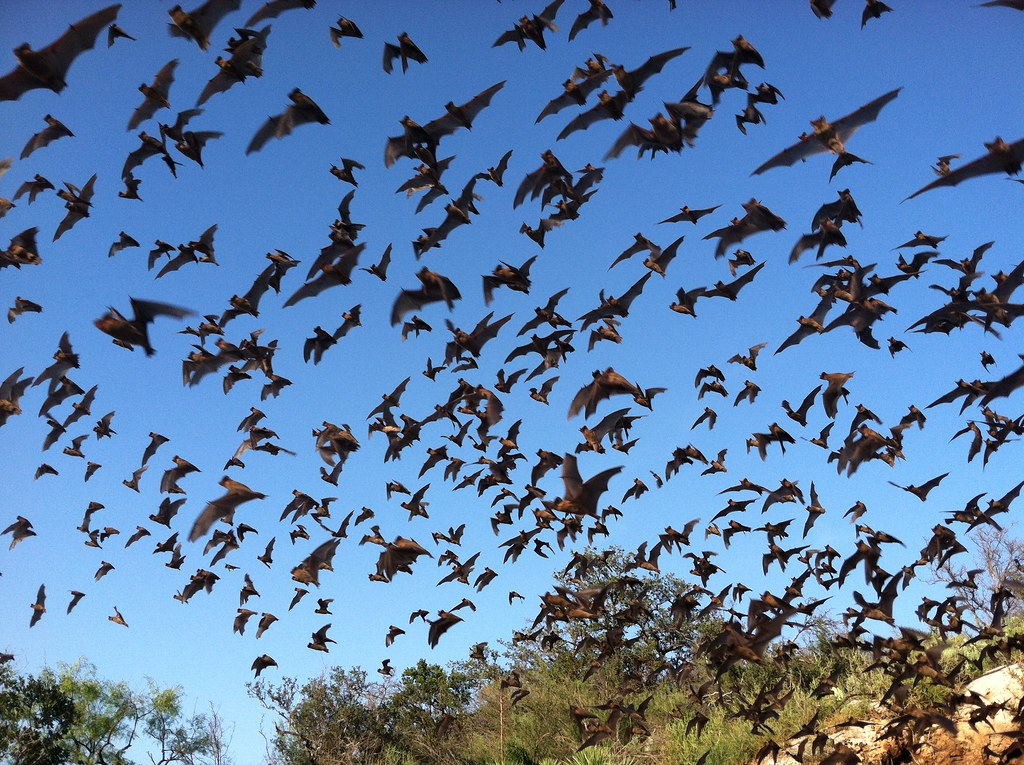
Flickr
For centuries, people believed bats would dive into human hair and get hopelessly tangled. While this isn’t entirely accurate, bats’ erratic flight patterns can make it feel like they’re coming straight for you. In reality, bats are excellent navigators and use echolocation to avoid obstacles, including people. However, if you’re standing near a food source like fruit or insects, a bat might swoop a little too close for comfort. While it’s unlikely they’ll actually nest in your hair, the idea is creepy enough to make you duck whenever one flies by.
11. Crows Hold Grudges
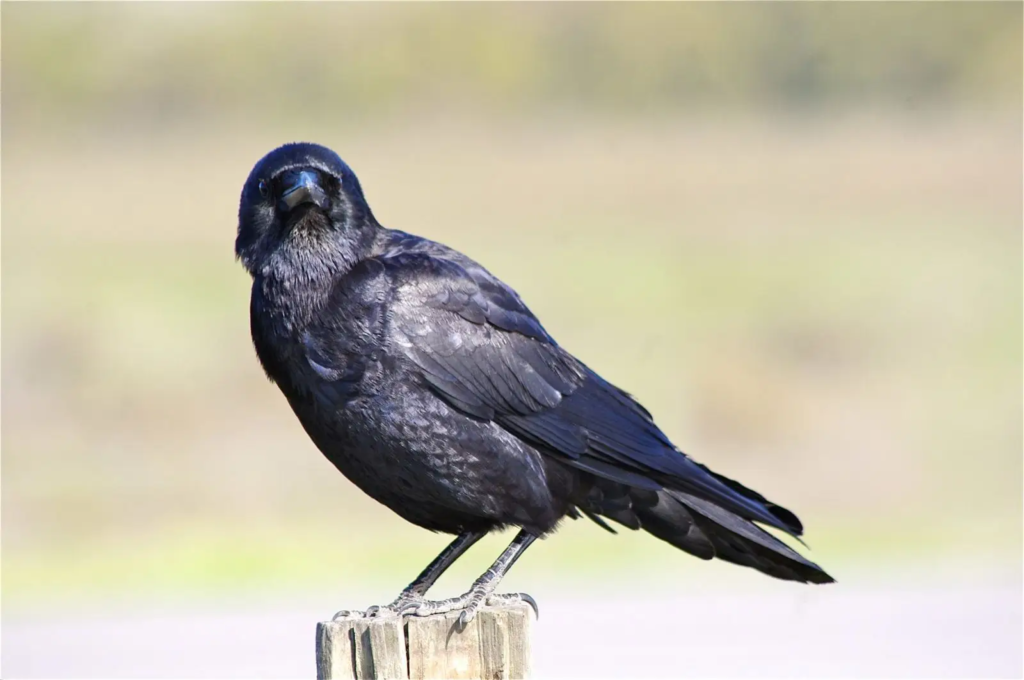
Animalia
This myth is true, and it’s as creepy as it sounds. Crows are highly intelligent birds with excellent memories. Studies have shown that crows can recognize human faces and remember those who have wronged them, even years later. They’ve been known to scold, dive-bomb, or harass people they perceive as threats. Even more chilling, they share this information with other crows, creating a network of grudges. If you’ve ever angered a crow, you might want to watch your back—they won’t forget, and they might just tell their friends.


